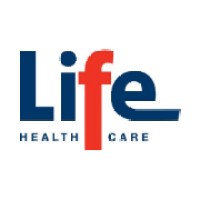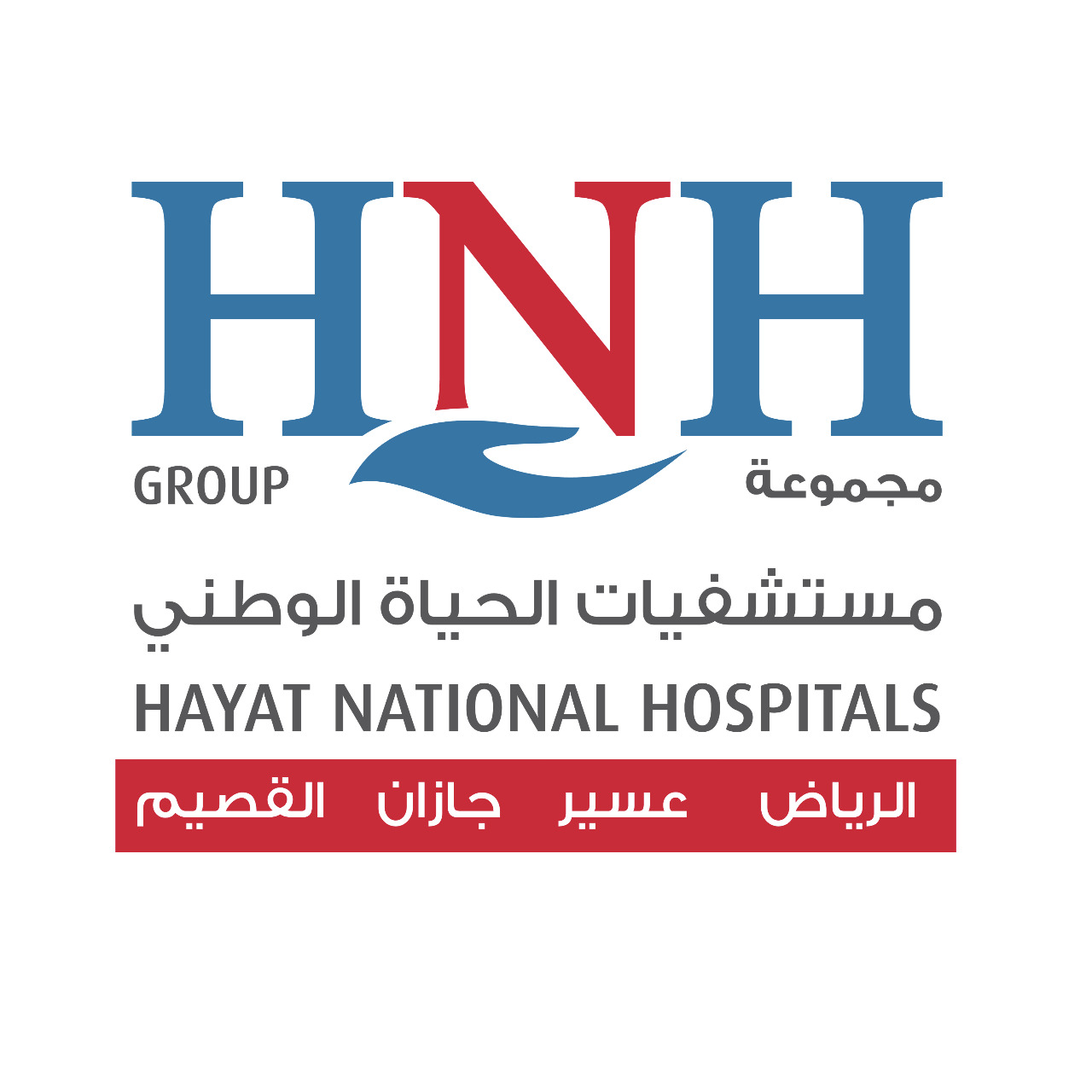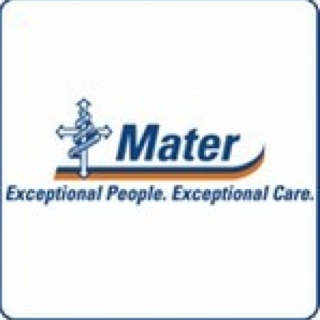Title Page
-
Ward Name
-
Month
- January
- February
- March
- April
- May
- June
- July
- August
- September
- October
- November
- December
-
Conducted on
-
Prepared by
SECTION 1
A. PATIENT OWN MEDICINE
-
1 Medicine correctly labelled
-
2 Patient own medicine written up as a prescription on prescription chart
-
3 Two nurses signatures on prescription if doctor has not yet signed
-
4 Dr signature on prescription
-
5 No duplicated hospital pharmacy dispensing of patient own medicine
B. PRESCRIPTION CHART
-
1 Only approved medication prescription and administration documentation is used
-
2 Appearance and integrity meets professional standards eg: not torn
-
3 Allergies and co-morbidities documented on prescription chart and the Impilo multitouch accomodation system
-
4 Medical history documented on the prescription chart
-
5 Consent/refusal of generic substitution completed
-
6 Sample signatures of nurses on prescription chart
-
7 Telephonic/Verbal/Transcribed medicines signed by two nurses
-
8 Telephonic/Verbal/Transcribed medicines signed within 24hrs by doctor
-
9 Dr signatures on prescription chart
-
10 Pharmacist signature or initials on prescription chart
-
11 Name of generic medicine written up on prescription chart
-
12 Standard solutions are prescribed on the prescription chart
-
13 Consecutive prescription charts for a patient are number appropriately
C. MEDICINE ADMINISTRATION
-
14 All medicines are easily identifiable for administration
-
15 No outstanding medicine credits in the ward
-
16 TPN in fridge is for current patients in the ward
-
17 All medicine is labelled correctly
-
18 No duplicate medicines
-
19 Expiry dates and batch numbers on medicine packets
-
20 Medicine administration times adhered to
-
21 Medicine administration routes adhered to
-
22 Correct dosage has been administered
-
23 Medicine administration signatures on administration recored
SECTION 2
D. INTRAVENOUS MEDICINES
-
1 Intravenous bags are labelled correctly
-
2 Signatures of two nurses on label of iv medicines
SECTION 3
E. SCHEDULE 5 & 6 MEDICINES
-
1 Cupboards labelled for easy identification
-
2 Cupboard locked and keys kept by registered nurse
-
3 Sample signatures available in drug register
-
4 Patient specific S5 and S6 medicines locked in cupboard
-
5 Daily count done with shift change
-
6 Spot check drug balances ie: physical stock compared to register and Imeds system
-
7 Spot check drug register for inconsistencies eg: Tippex used, missing pages
-
8 Expired and/or damaged stock has been sent to pharmacy and recorded as such in the register
-
9 Quarterly sign-off done within required timeframe
F. EMERGENCY TROLLEY
-
1 Expiry dates of medicines checked and recorded
-
2 There are no high risk items (eg: Potassium chloride) in the emergency trolley
SECTION 4
G. WARD STOCK
-
1 Medicine is stored correctly ie: fridge items, light-sensitive items
-
2 All medication cupboards are neat, tidy and well organised
-
3 There is no medication stored on the floor
-
4 Updated list of originator products with their generic equivalent/s is available in ward
-
5 High risk medicines are correctly stored and labelled
-
6 Frequently used antibiotics are available as ward stock to decrease hang-time
-
7 Warning labels appear on penicillin, sulphur and paracetamol containing products
-
8 Fridge temperature monitored and recorded twice daily including weekends and all temp deviations are actioned
-
9 Stock room temperature measured and recorded daily and deviations actioned
-
10 Only medication is stored in the fridge. There is no food stored in the medication fridge
-
11 A system is in place to monitor and replace any soon to expire stock. Short dated stock is clearly marked and there are no expired medications on the shelves
H. PRODUCT MANAGEMENT
-
1 Evidence of cost reduction drive eg: pricing charts
-
2 Spot check billing ie: product administered compared to charge sheet and billing prooflist
COMPLETION
-
Additional Notes
-
Improvement strategies:
-
NURSING (Name and Signature)
-
Designation
-
PHARMACY (Name and Signature)
-
Designation
-
Notwithstanding the fact that duties have been delegated to another manager/staff member the section and/or task remain the responsibility of the designated Line Manager.










